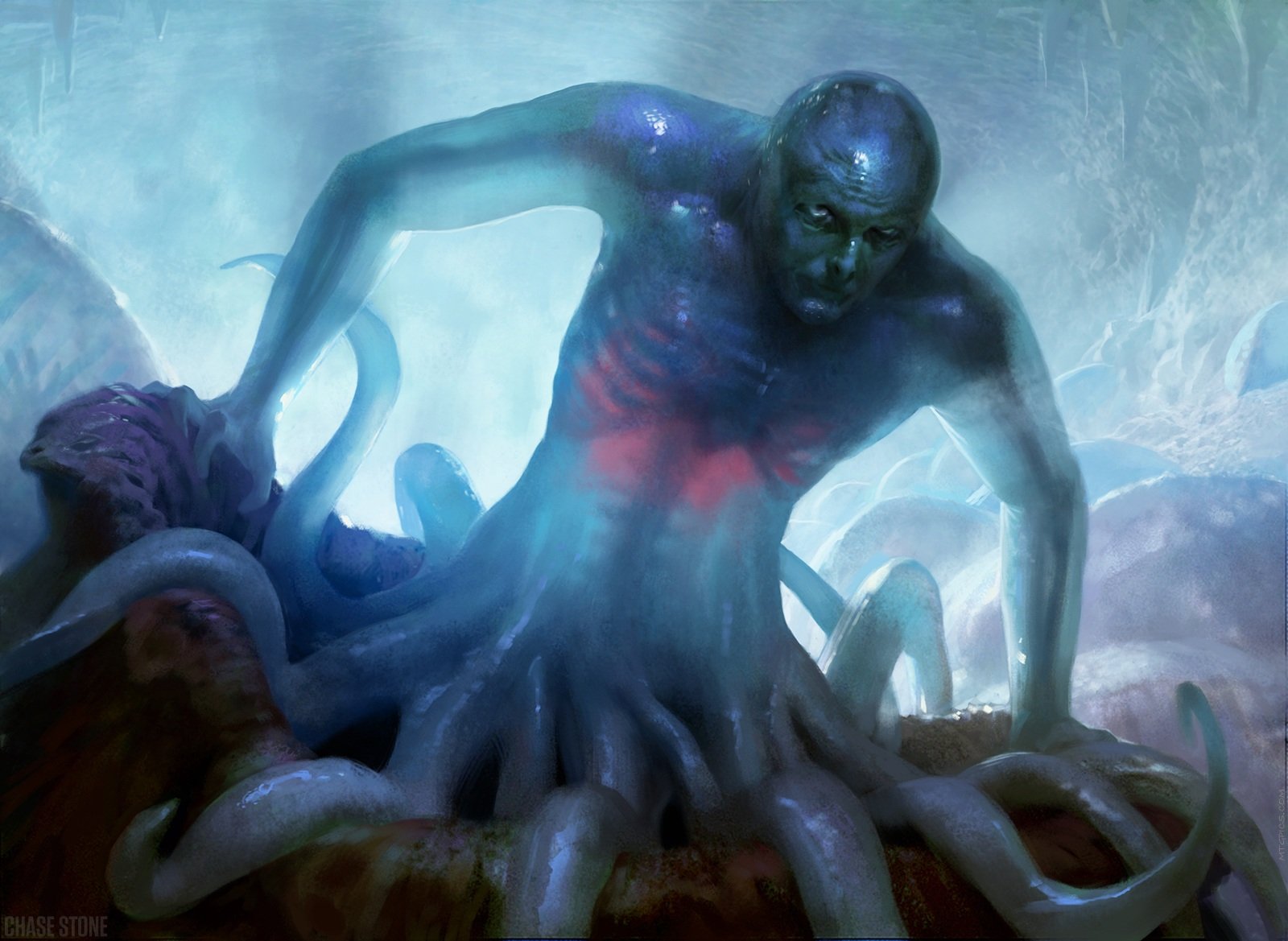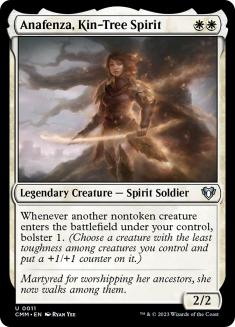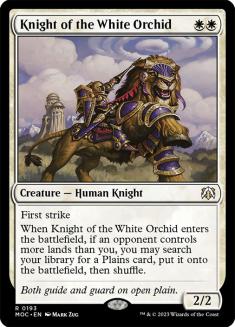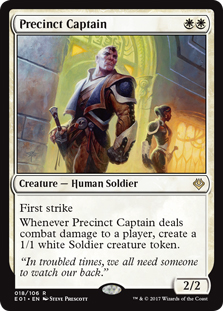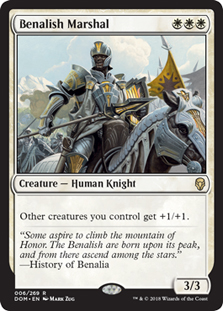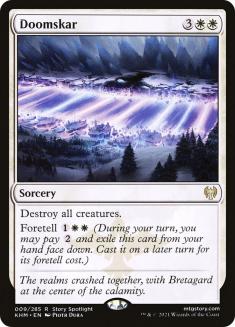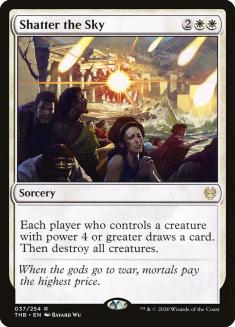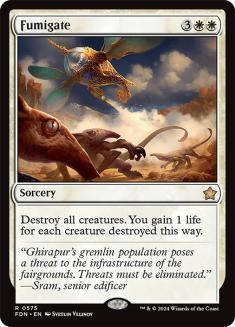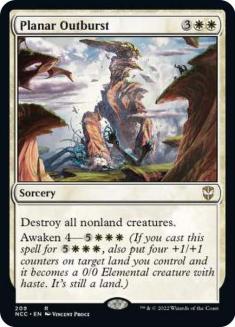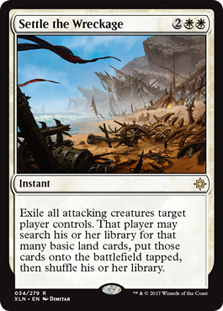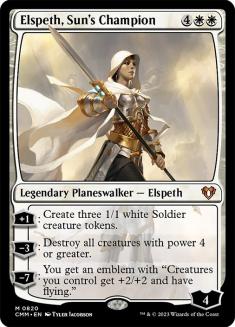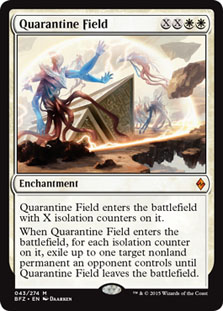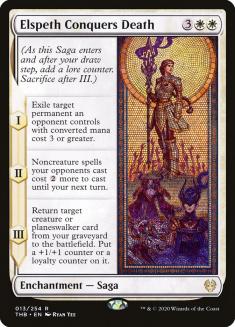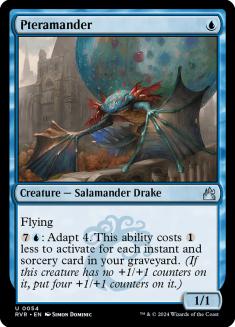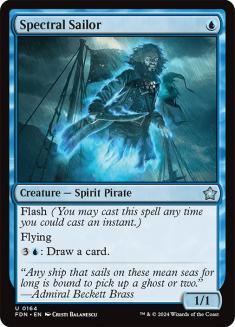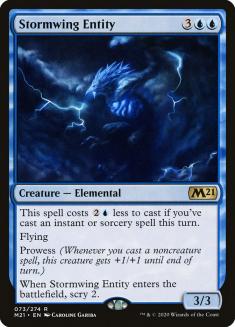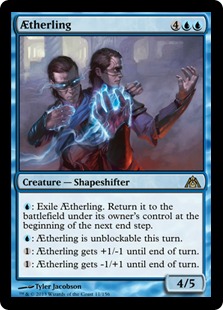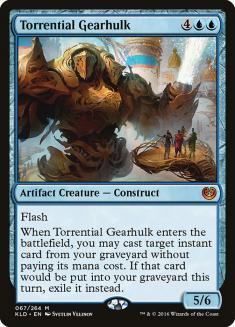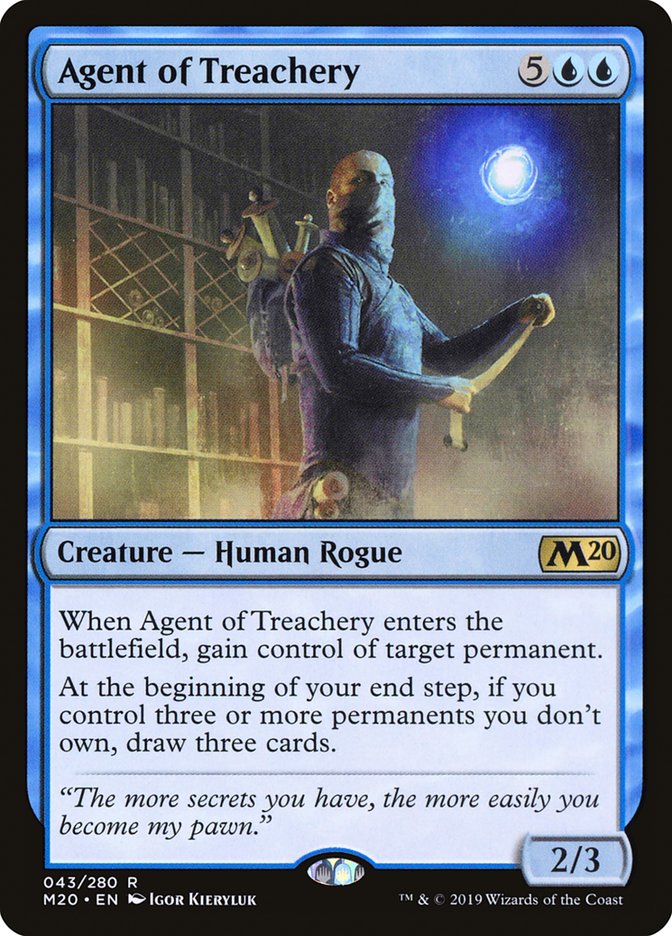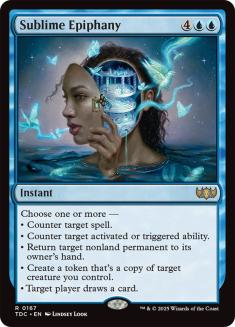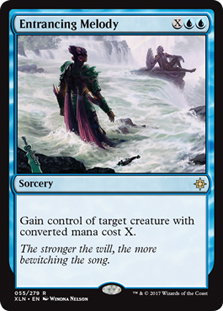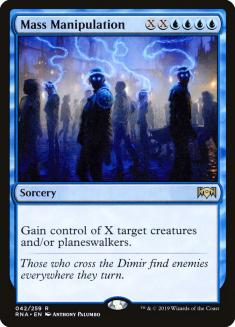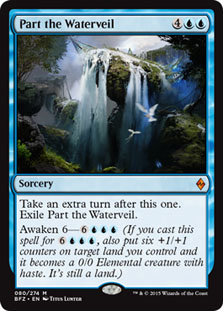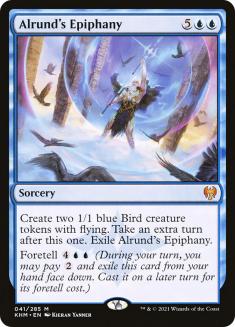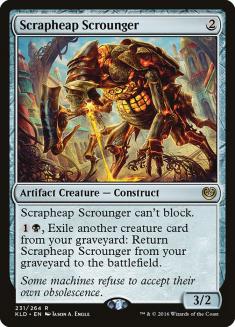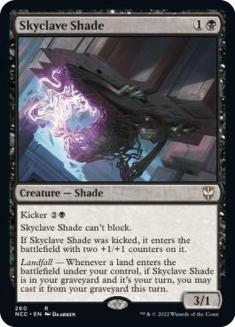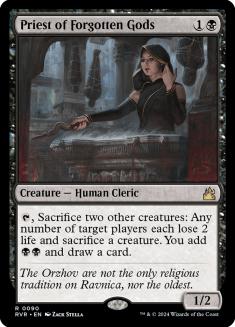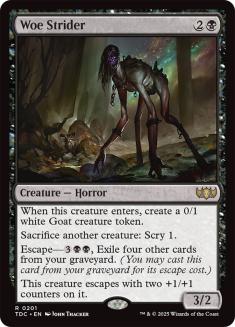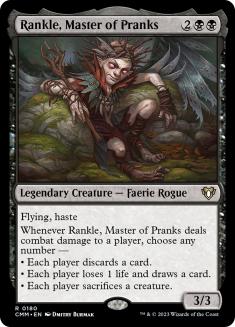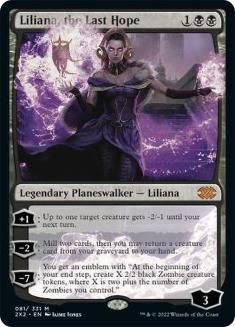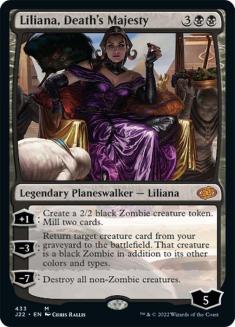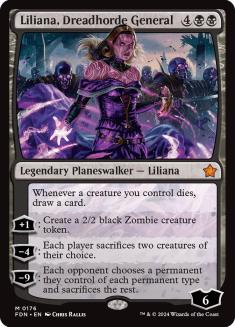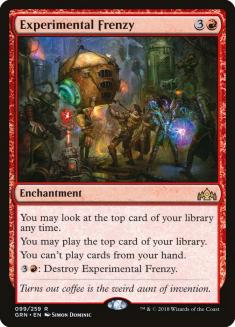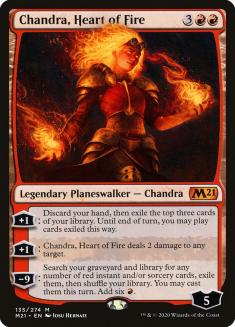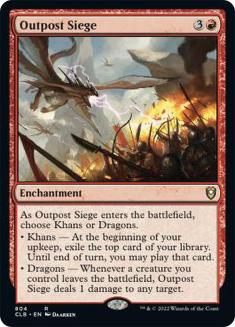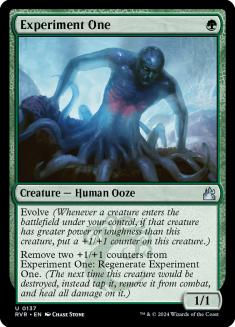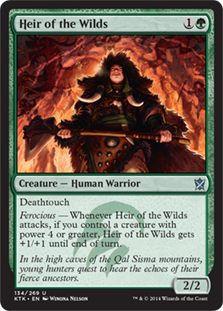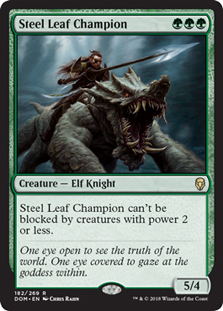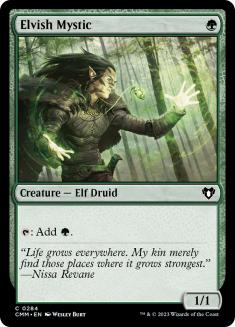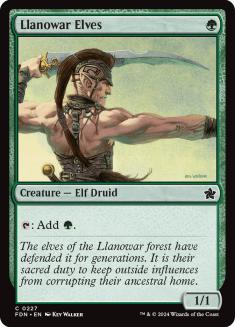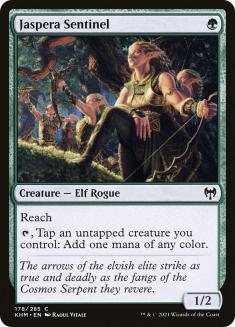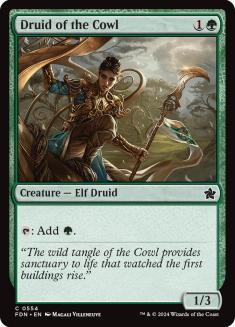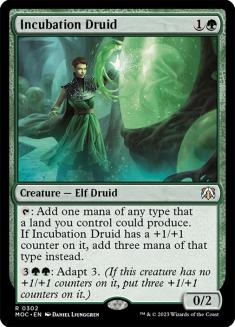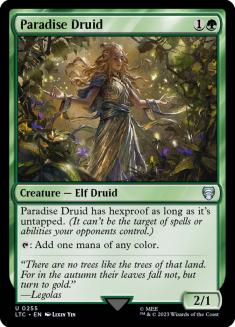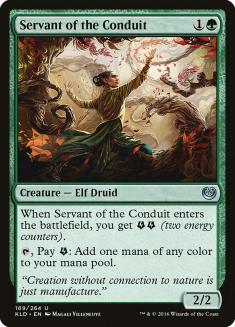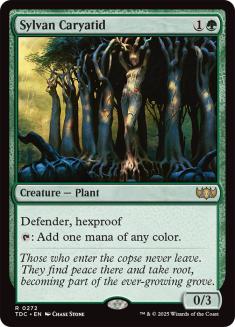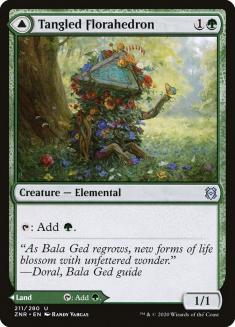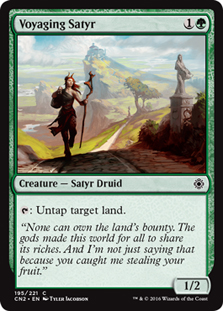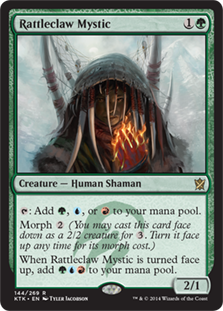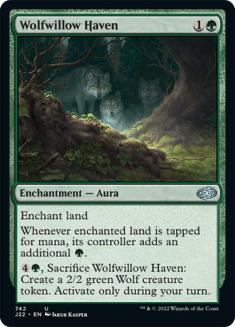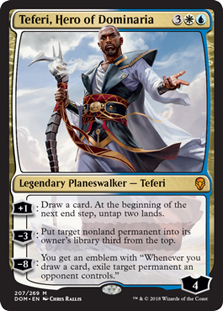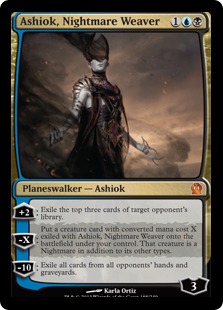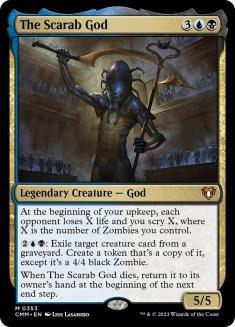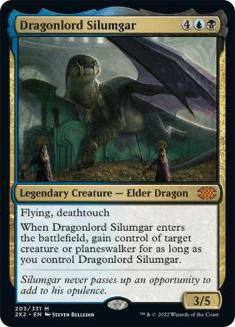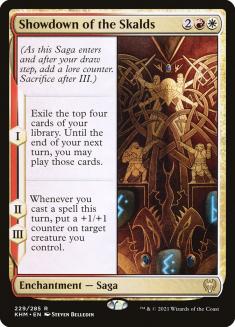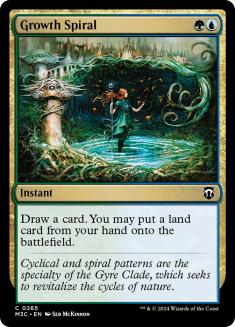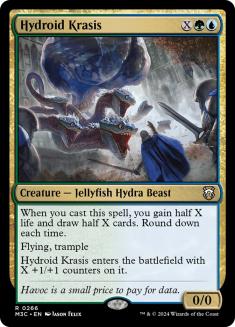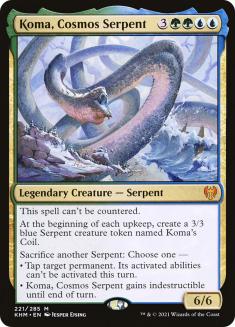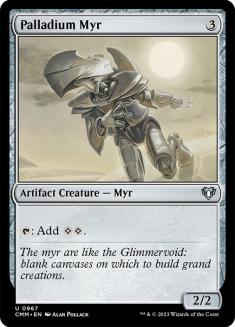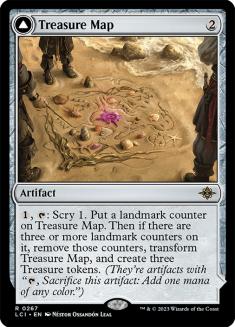Great news, gamers! It’s time to draft another Spotlight Cube on Magic Online (MTGO). I wasn’t sure how soon we’d be getting back into these after Nega-Cube and MenguCube, but it looks like we didn’t have to wait long at all! I’m all about expanding the range of Cubes that people draft, but you already knew that. This week we’ll be drafting Tom LaPille’s Pioneer Cube, and today I’ll be offering my usual breakdown of the draft environment.
You can find Tom’s introduction to the Cube here, and I find myself motivated by all the same factors that drove him to curating this Cube. A nostalgic experience with a narrow power differential that feels somewhere between Limited and Constructed is exactly what I’m looking for with Cube, and using only Pioneer-legal sets has a lot of charm as well.
I’ve ported the list over to Cube Cobra for easy consumption, and the first thing that I noticed is that the Cube is overwhelmingly comprised of cards that have seen some amount of Standard play. If you’ve been playing Standard consistently for the last ten years, you won’t have to do much reading during the draft. Of course, Return to Ravnica wasn’t released as recently as I would choose to believe, and ten years is a long time. I’ve got you covered though. Let’s break down the Cube by color.
White
White tends to be the least flexible color from Cube to Cube, and Pioneer Cube isn’t doing anything radically different with the color either. You have an aggressive slant with many of the usual suspects, and you have support for controlling decks as well. You lose some heavy-hitters like Mother of Runes and Swords to Plowshares, but most of what you would typically expect is present here.
When it comes to drafting the white aggressive decks I would caution against picking any of the double-pipped cards above highly. These are the sorts of cards that force you into a monocolor deck and you want to keep your options open to play two colors in case the pool of white cards isn’t that deep in your draft. These cards are all replacement-level, and I’d plan on wheeling them if you intend to draft them at all. Benalish Marshal, on the other hand, is worth paying more mind to.
Glorious Anthem makes the cut pretty often in aggressive white decks, and attaching a body to the effect is awesome. Benalish Marshal is powerful enough that it can still have a real impact casting it off-curve, and when it shows up on time it lays some real beatdowns. It’s also worth mentioning that Lightning Bolt and Chain Lightning aren’t around in this Cube, so it will be more difficult to answer Benalish Marshal here than in many other Cubes. Gideon, Ally of Zendikar is the card in the Cube that I would play indiscriminately in any of my white decks, though beyond that I also see taking an early Marshal as a reason to move in hard on white.
On the other end of the spectrum, Wrath of God isn’t present in the Cube, but there are plenty of sweepers otherwise.
My Cube style typically involves drafting sweepers very rarely, though no matter what you’re drafting you need to be aware of the options available in this department. These cards offer more than enough reason to value sticky creatures and planeswalkers very highly even in your aggressive decks.
The big one to look out for here is Settle the Wreckage. I find the play patterns on this card to be pretty bad, and I value it for my decks even lower than the other sweepers given that your opponent has to play ball for it to work even more so than the others, but it will wreck you if it’s not on your radar. Keep this one in the back of your head, and try to make attacks that hedge against Settle where possible. Honestly though, the presence of Secure the Wastes and a handful of other flash cards for the Azorius-based decks makes it so you’ll just have to shove and hope they don’t have it sometimes. Again, the play patterns just aren’t that interesting. Try not to get got.
Pioneer Cube looks to be set up so that a lot of the gameplay is about generating value and positioning on the battlefield. As such, the above three cards would be among the highest picks in white for me in addition to the aforementioned Gideon, Ally of Zendikar. The aggressive white decks look solid at a glance, and I’d take the same approach as with Vintage Cube of picking white aggressive cards out of weaker packs early or moving in on the deck when it looks open in the back end of Pack 1.
Blue
Blue also has quite a bit in common with how it appears in higher-power formats, though everything comes at worse rates. You can draw cards and you can counter spells — heck, you can even take extra turn or two! You’ll just have to pay a little more. That’s completely fine though, because these effects are all just powerful things to do, and blue looks great in this Cube.
I’ll start by giving my usual disclaimer about blue creatures that are most designed with attacking and blocking in mind. The other colors do this stuff better, and the other effects that blue offers are just most powerful things to get up to. I’m sure that I’ll eat crow and get destroyed by a Faerie Vandal in my first draft, but it would take more than that to convince me that the aggressive blue decks can perform as consistently as the blue midrange and control decks.
In general I like the look of any given counterspell or reasonably cost draw spell in this format, though these are the cards that I will be looking to draft most highly of the blue cards in Pioneer Cube:
Sublime Epiphany and Torrential Gearhulk is a real Splinter Twin situation. Sublime Epiphany and your opponent trying to play the game whatsoever is also a total Splinter Twin situation. All of these cards have serious blowout potential, and most of them have proven this in recent memory.
The potential standout and card that doesn’t seem that old to me and is in fact a reference to a much older card that newer players might undervalue is Aetherling. Aetherling isn’t as powerful as some of the curve-toppers you see in a lot of Cubes, and it doesn’t end the game especially quickly, but it’s among the more resilient and obnoxious threats once it gets going. You can’t really kill it and you can’t really block it. In any matchup where both players are trying to go long, Aetherling is king.
It looks to me like the blue decks in this Cube will generally be looking for a second color to iron out their early-game or specifically to pair with green for some mana acceleration. On that note, I’ll once again sing the praises of Midnight Clock, a card that I hope to play in my blue decks in this Cube more often than not.
Black
There are a couple of reanimation spells in Pioneer Cube, though you’ll see comparatively fewer dedicated combo decks here than in higher-powered Cubes. For the most part, the black decks are going to have aggressive or controlling slants, and there are plenty of powerful tools for both.
The aggressive decks get some all-time greats in the two-drop department, and Knight of the Ebon Legion does some heavy lifting on one. It seems likely that the successful aggressive black decks will be two colors more often than not given the relative dearth of other ones though.
There’s a bit of a sacrifice theme baked into the Cube, though I’m not convinced that there’s enough going on here to move in lower-powered cards for a sacrifice theme early. Rankle and Woe Strider are two cards that are just generally powerful so I’d take them for most of my black decks, but I’ll wait on Priest of Forgotten Gods until I’m confident I can consistently generate expendable creatures. I’ll happily draft a Gutterbones, but I imagine I’ll just be intending on attacking with it more often than trying to assemble a sacrifice deck here.
The black cards that I’m most interested in first-picking in this Cube all happen to be Lilianas. These cards swing pretty widely in power level relative to the environments you find them in, but all three look like they line up with the rest of the card pool very well here. They all have the ability to generate value that’s appropriate for their cost and/or win the game on their own unchecked. I expect Gray Merchant of Asphodel to perform well in this Cube, and ideally I would have all three of these planeswalkers in my Gray Merchant deck.
Beyond that, there are a handful of other powerful curve-toppers, such as Massacre Girl and Massacre Wurm, that will generally have a very significant impact when you cast them. Basically all of the best removal and discard spells are here too, and I have no reservations about drafting black decks in this Cube.
Red
I almost never get to say this, but this Cube has enough aggressive one-drops for me to happily draft a Mono-Red Aggro deck! It makes me really happy that Tom didn’t mess around with too much cute red stuff and gave the people (me) what they (I) want.
You don’t get Goblin Guide, but you get plenty of other solid ones, a long list of serviceable twos and threes, a couple of the best fours, and some fives if you need to go that high. The absence of some of the best burn spells like Lightning Bolt and Chain Lightning is felt here, but there’s enough good removal to push your creatures through and a few engine cards as well. Not to mention the Anax, Hardened in the Forge plus Embercleave combo that I’d honestly be happy if I played in every draft of this Cube.
All of these cards are great curve-toppers for the aggressive decks in this Cube to make sure they have enough left in the tank to close in the late-game. Experimental Frenzy is really hit-or-miss in Cube, and while I’d love to see a Birgi, God of Storytelling to really push it over the edge, it should be able to close often enough in a deck with a low curve, especially in conjunction with Runaway Steam-Kin.
My base impression is that I like the red aggressive decks in this Cube more than the white ones. Access to haste creatures and other forms of reach looks very important given how much of the Cube plays to the battlefield. A lot of decks are going to make it difficult to punch through in combat in the late-game. I expect that Crater’s Claws will punch above its weight here and that Mizzium Mortars will be brutal against the average opponent.
Red has a significant aggressive slant in this Cube, and I’d be surprised to end up in a controlling red deck too often. That said, Bonecrusher Giant, all of the four- and five-mana creatures and planeswalkers, and the long list of red removal spells all contribute reasonable things to controlling strategies. Three-mana, three-damage sweepers like Anger of the Gods are noticeably absent from the Cube, so be mindful of this when drafting red controlling decks.
Green
Green is likely the most significantly different color from what you see in most Cubes, but you do get a fair amount of big mana things and the less common inclusions will be familiar from the aggressive green decks that have seen success on and off in recent years in Standard.
I don’t necessarily see Barkhide Troll or Old-Growth Troll as big draws to draft a mono-green deck, but Nissa, Who Shakes the World and a few of the other green haymakers in the Cube might lead me there. I actually think the Gruul aggressive decks look like they have good bones in Pioneer Cube, which is often not the case in Cube Draft, so I’m excited to explore that option and anticipate Gruul aggressive decks outperforming their mono-green aggressive counterparts.
These cards and Growth Spiral make for all of the one- and two-mana mana acceleration in the Cube. You can count Legion’s Landing and Treasure Map if you want to be form-and-function-radical about it, too. And Priest of Forgotten Gods. And Runaway Steam-Kin… Whatever. You get my point. With the exception of Jaspera Sentinel and Gilded Goose I believe all of these cards are high picks, just like mana acceleration is in most Cubes.
Almost every four- or more-mana green card in this Cube looks generally excellent, and while I’m not willing to say that any individual color in the Cube is convincingly the best, green definitely makes a solid case for itself up and down the curve. The only expensive green cards that I don’t really like are Collected Company and Carnage Tyrant, but I’m willing to admit that they are easily within the realm of playability.
Gold
The mana in this Cube looks reasonable if not amazing, and as such I anticipate drafting a lot of two- or more-color decks. These are the gold cards that I’ll be most excited to snag:
There’s a really heavy blue bias here… Dimir and Simic definitely come through louder than the other two-color pairs, though to be clear there is plenty of merit to the other combinations, I just see them as being driven more by the combination of the best monocolor options in those colors. These specific cards are the ones I’d be most willing to start off gold to draft.
I tried to draft Omnath Storm in MenguCube multiple times and I’m willing to admit that I probably have a problem, but the card is incredibly good when you’re able to reliably cast it. We learned that much from its short time in Standard.
Artifacts/Colorless
Every colorless card in this Cube is good. I usually think that Emrakul, the Promised End sucks in Cube but there’s some delirium stuff going on that will actually make the card good for the amount of mana you can cast it for in this Cube. I won’t value it especially highly, but I hope to hit a deck that can somewhat reliably cast the card for seven mana, which would make it awesome. You probably can’t cast Ulamog, the Ceaseless Hunger all that often, but I can’t stop the people who are going to try that anyway.
These are the three colorless cards that I believe to be most first-pickable. Palladium Myr and Ugin have proven themselves many times over, though Treasure Map typically only gets opportunities to shine in these lower-powered Cubes. Arguably Chromatic Lantern is better but I’ve Cubed with Treasure Map a ton and my experience leads me to believe the comparison is at least close. If your mana curve is particularly high, then it’s more difficult to justify Treasure Map, though that’s usually indicative of a problem with your deck.
The Immortal Sun is the only other colorless card that I’m a little cold on. I would never be surprised to lose to the card, but it’s difficult to justify playing it in the sorts of decks I like to draft. I value a lot of the planeswalkers in this Cube very highly, and don’t like playing many six-mana cards. Some folks are into it and I’ve seen the card be very good — it just clashes with my style.
Lands
Finally, that leaves us with the lands. Pioneer legality doesn’t leave us with the most exciting options. The mana-fixing lands in this Cube don’t do much in addition to fixing mana and enter the battlefield at varying degrees of tapped. I mostly anticipate drafting one- or two-color decks and expect that there are enough lands in this Cube to facilitate that without taking lands highly in most packs.
The exception that I would make is that I would value the lands that support the best gold cards over replacement-level cards in weak packs. Dimir and Simic have the lion’s share of the good gold cards, and as such I would value lands for these colors more highly than others until I’ve solidified the colors I want to play. I’d also take any land that produces two or more colors for Omnath out of a weaker pack.
Pioneer Cube looks like a well-curated and balanced list. All of the colors appear well-represented, and I’m excited to see how the games play. I’ll see you in the queues, and I’ll be back next week to take a look at the updates to Emma Handy’s Proliferate Cube.

